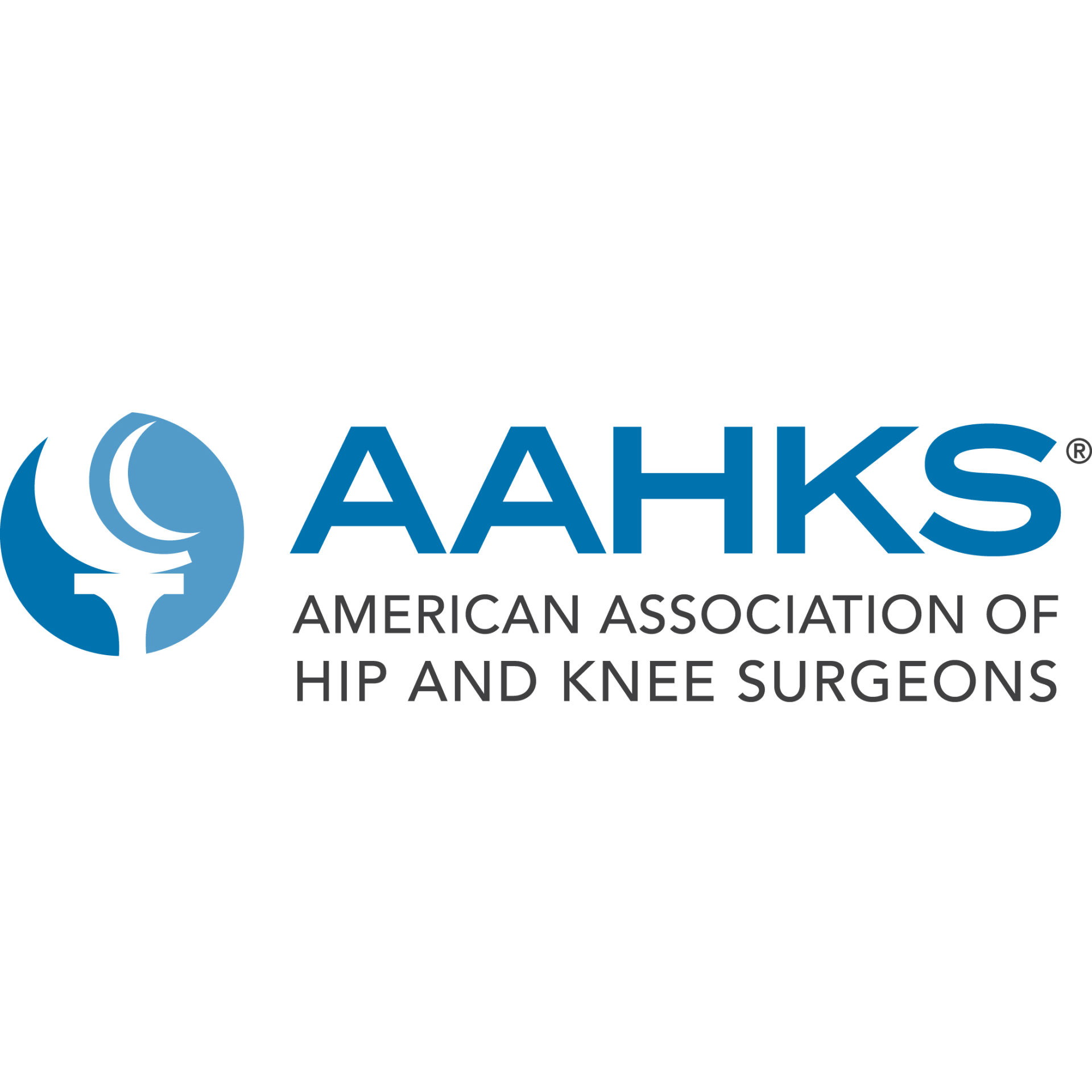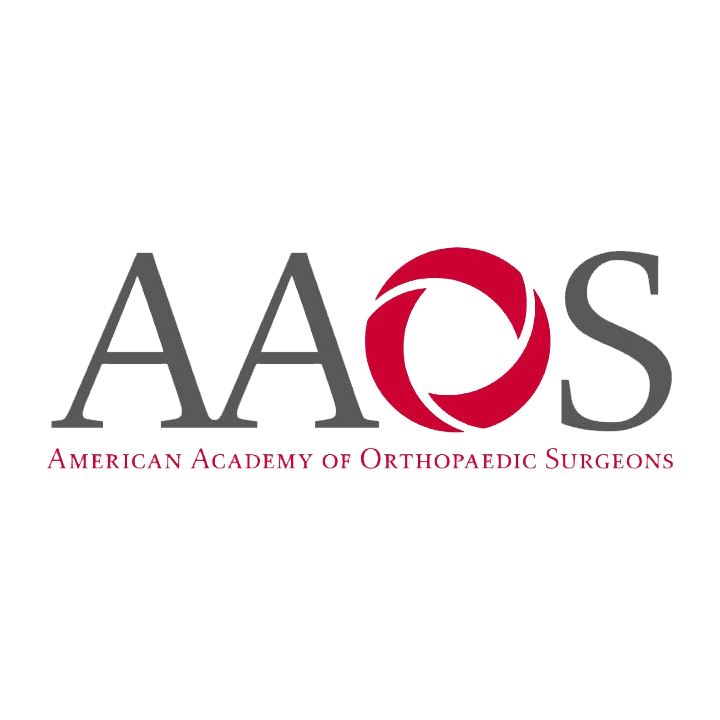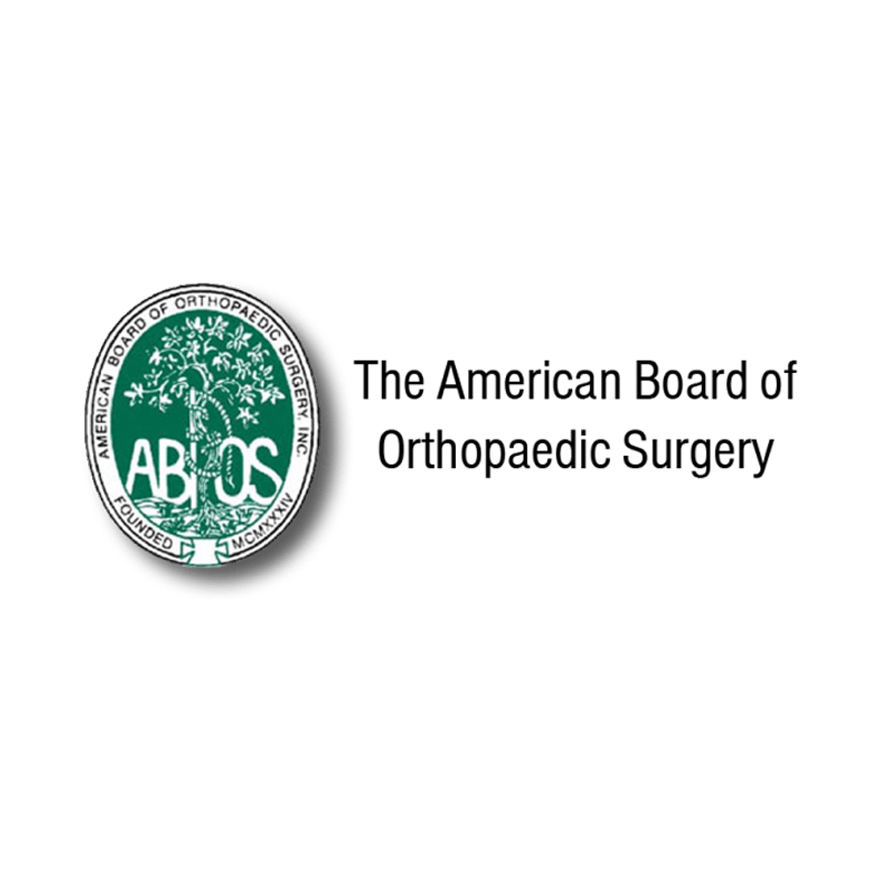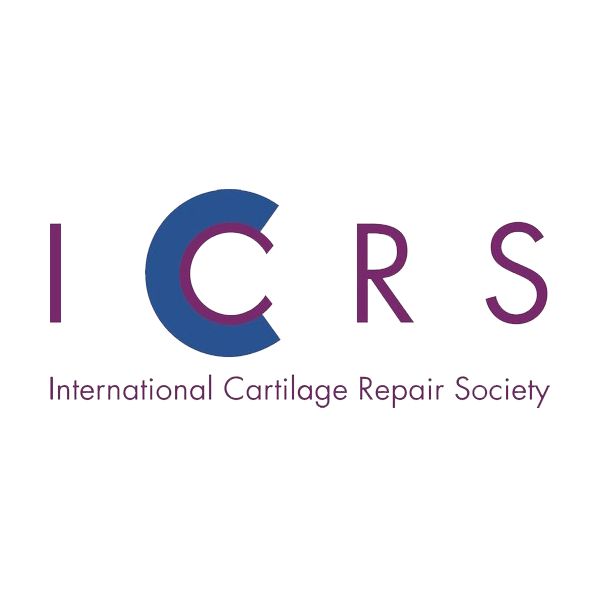Biologic Augmented Microdrilling Surgery for Multiple and Large Full-Thickness Cartilage Lesions in the Knee: Early Clinical and Radiological Results
Joseph E. Broyles, M. Adaire O’Brien, Stephanie T. Broyles, M. Patrick Stagg
Surgical Science.
2017, 8(2): 102-117.
ABSTRACT
Background: Various biologic treatments are available for articular cartilage lesions in the knee, but no one exists that is applicable to the full range of chondral disease and that is compliant with United States Food and Drug Administration regulations. The aim of this study was to evaluate outcomes following microdrilling surgery augmented with postoperative injections of bone marrow aspirate concentrate (BMAC), platelet-rich plasma (PRP) and hyaluronic acid (HA).
Methods: Eighteen patients with at least one symptomatic, full-thickness chondral lesion underwent arthroscopic microdrilling surgery. Immediately following surgery, patients received an intra-articular injection of fresh BMAC, PRP, and HA. This injection was repeated once per week for 5 consecutive weeks. At 4 and 12 months postoperatively, patients received 3 additional weekly injections for a total of 12 injections.
Outcome Measures: IKDC (International Knee Documentation Committee) scores, KS (Knee Society) scores and plain radiographs.
Results: The mean treated area was 6.2 ± 4.5 (range, 0.6 - 14.7) cm2. The mean preoperative IKDC and KS scores (±SE) were 43.0 ± 3.2 and 68.3 ± 3.6 respectively. At 24 months postoperatively, IKDC and KS scores improved to 85.3 ± 4.2 and 94.7 ± 4.4, respectively; both changes from baseline were significant (p < 0.001). Radiographic analysis revealed that 9 of 18 patients in this series had joint space (JS) narrowing preoperatively. At 24 months, there was a 0.7 ± 0.3 mm overall increase in JS (p = 0.05). This change was greater in patients with preoperative JS < 2 mm, with an increase of 1.4 ± 0.5 mm (p for the difference between groups = 0.1).
Conclusions: Microdrilling of cartilage lesions augmented with BMAC, PRP, and HA may be a viable treatment for a range of chondral disease with good early clinical and radiological results.
Microdrilling Surgery Augmented With Intra-articular Bone Marrow Aspirate Concentrate, Platelet-Rich Plasma, and Hyaluronic Acid: A Technique for Cartilage Repair in the Knee
Joseph E. Broyles, M.D., M. Adaire O’Brien, MPH, M. Patrick Stagg, M.D.
Arthroscopy Techniques. 2017, 6(1): e201-e206.
ABSTRACT
The ideal treatment of large full-thickness chondral lesions in the knee, especially “kissing lesions” and osteoarthritis, has not been determined. Microdrilling surgery augmented with injections of peripheral blood stem cells and hyaluronic acid has been used to treat patients with a wide range of articular cartilage disease including patients with bipolar lesions and joint space narrowing. Excellent results in this difficult patient population have been reported, and second-look biopsy has shown repair tissue very similar to native hyaline cartilage. Because of Food and Drug Administration regulations, this technique is not currently allowed in the United States. We describe a Food and Drug Administration–compliant modification of this technique using microdrilling augmented with intra-articular bone marrow aspirate concentrate, platelet-rich plasma, and hyaluronic acid.
